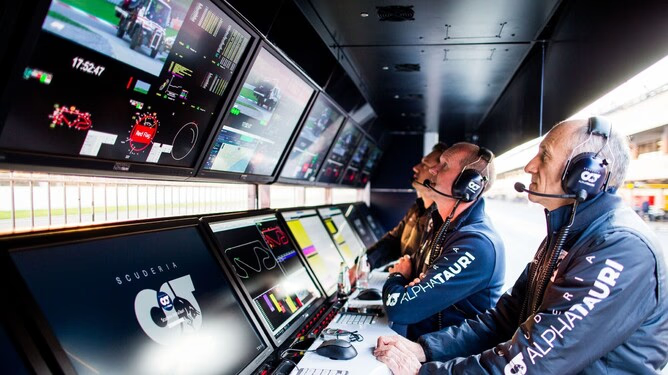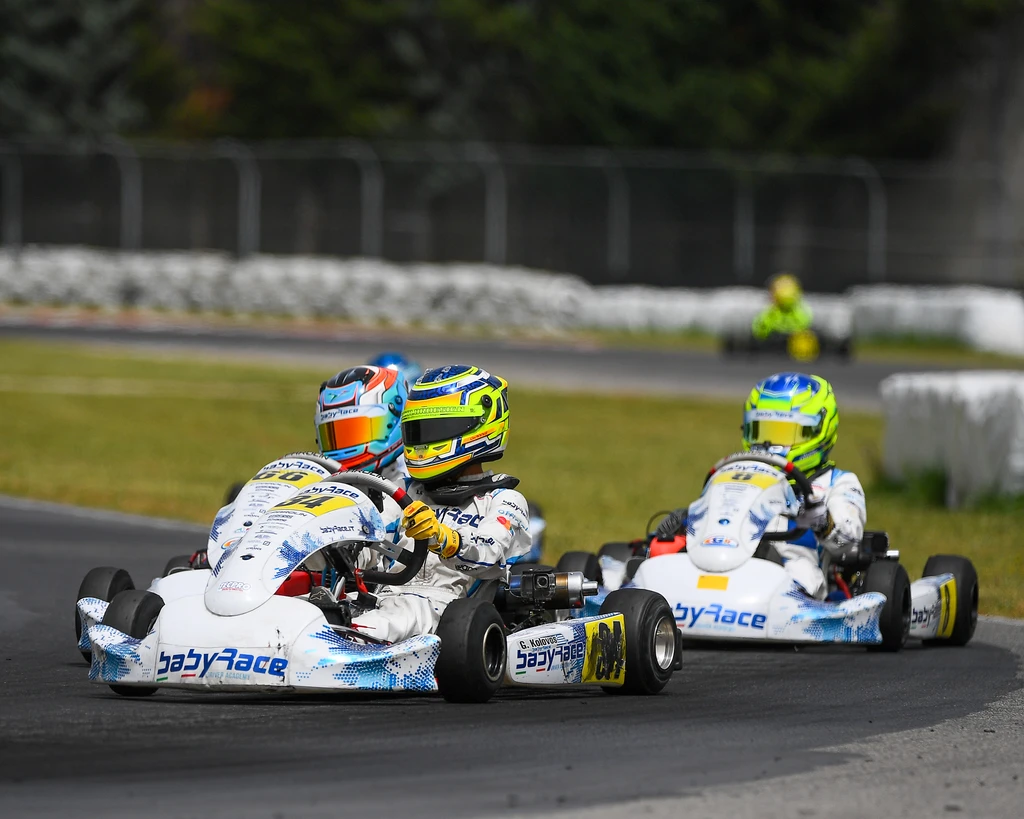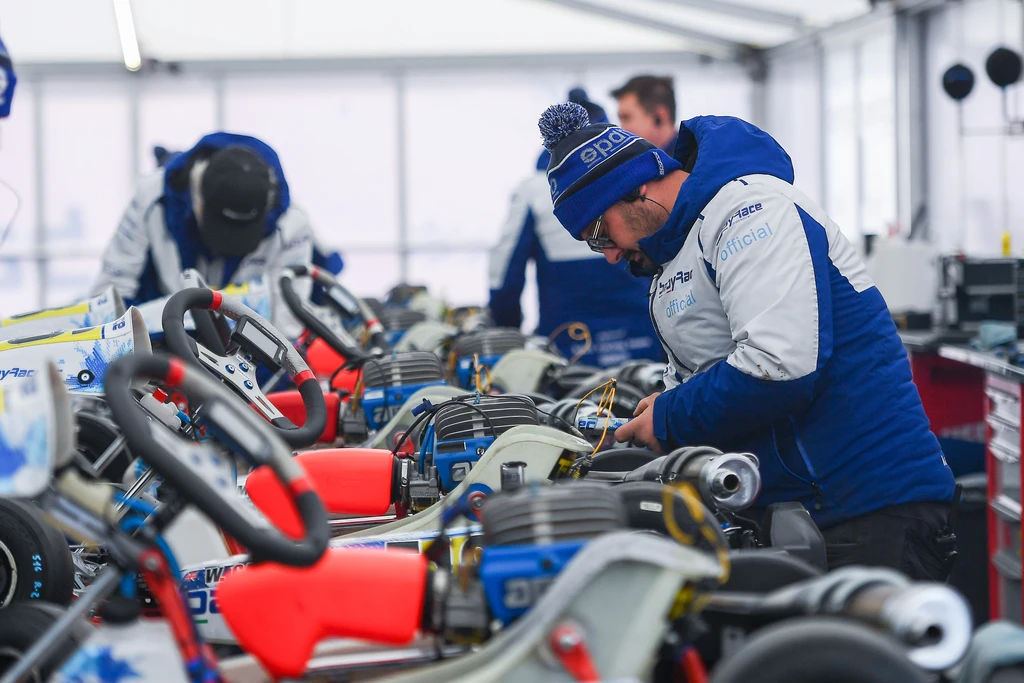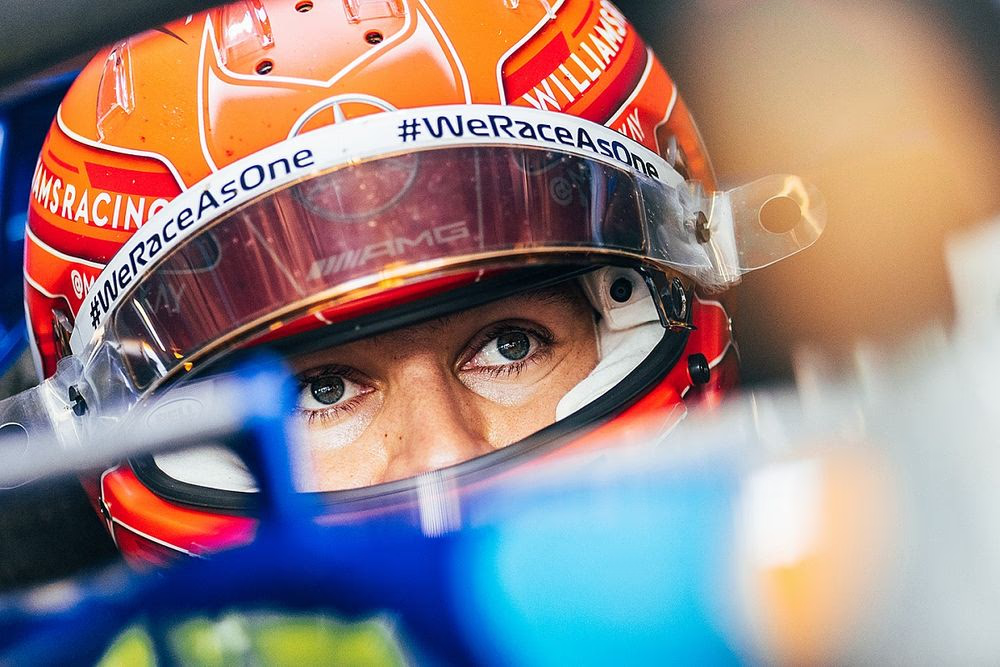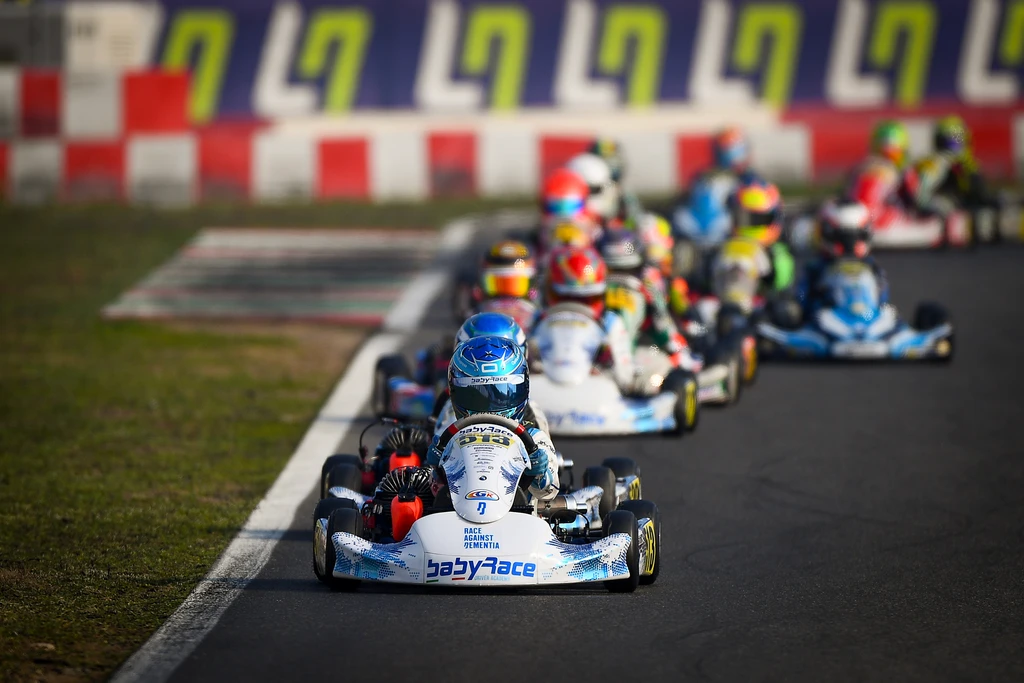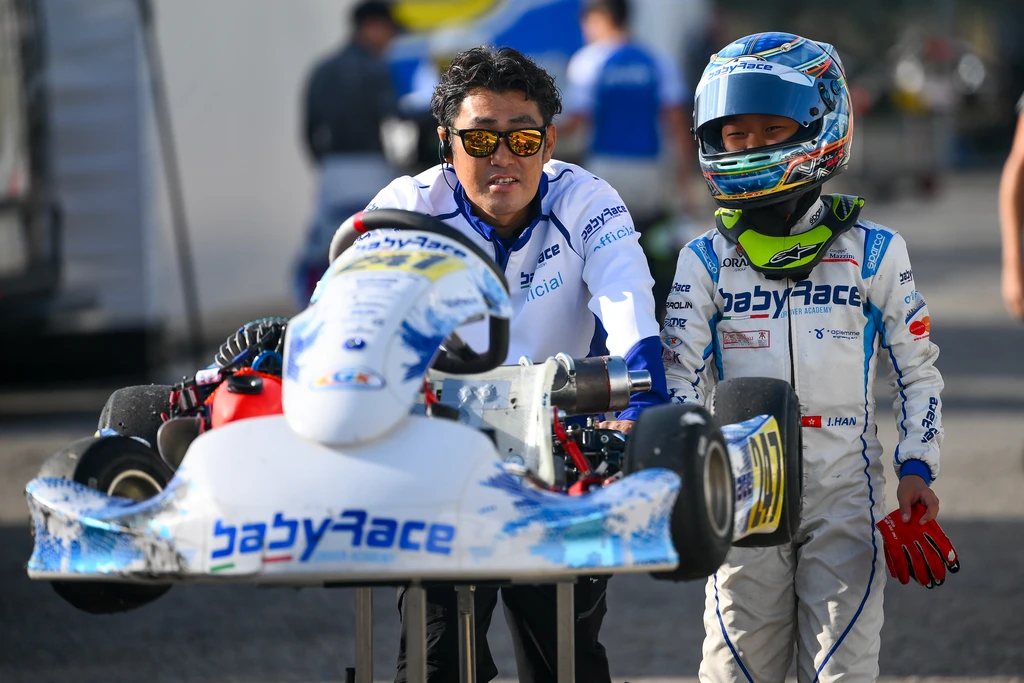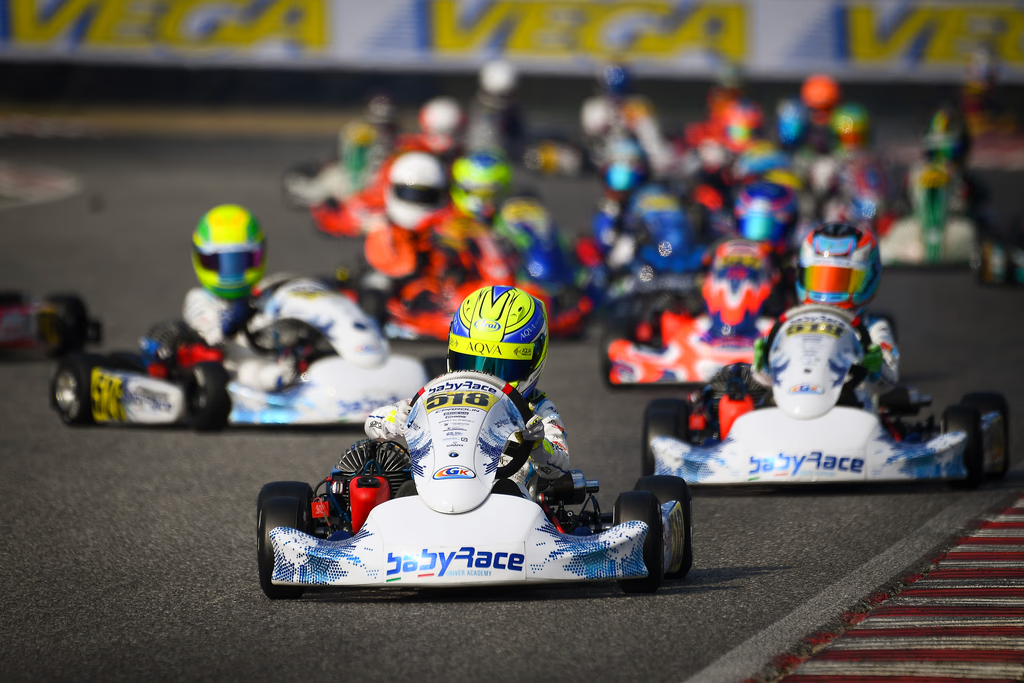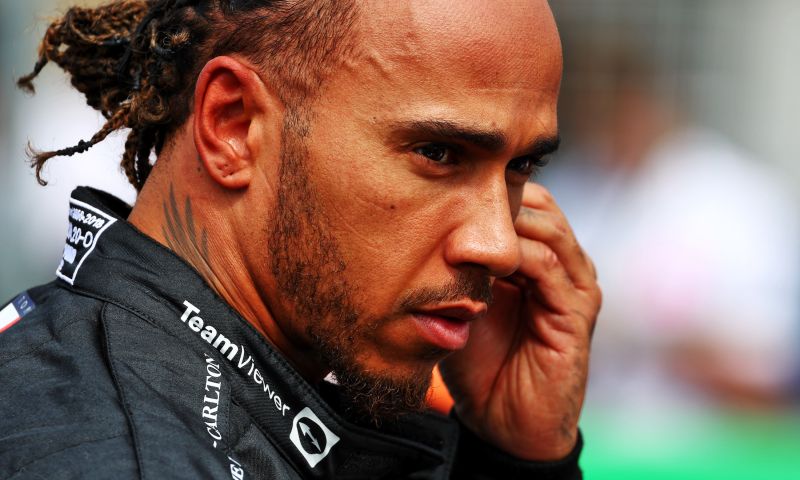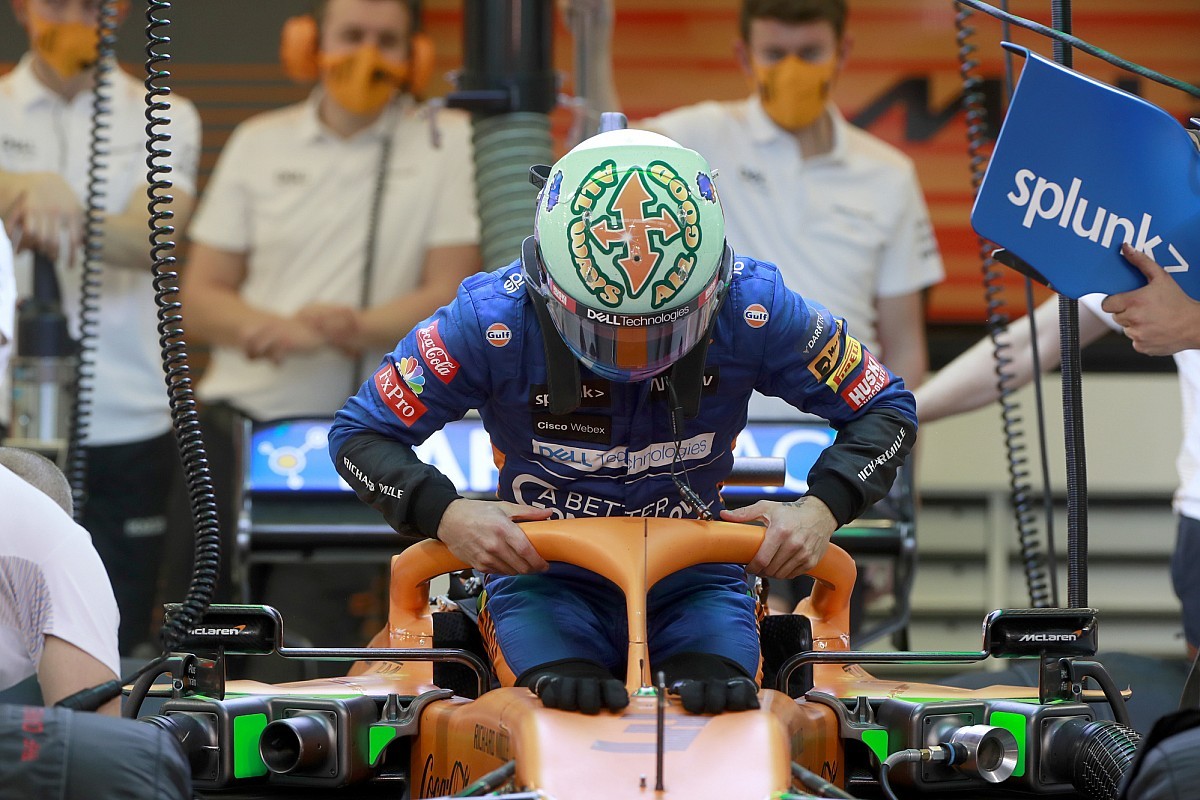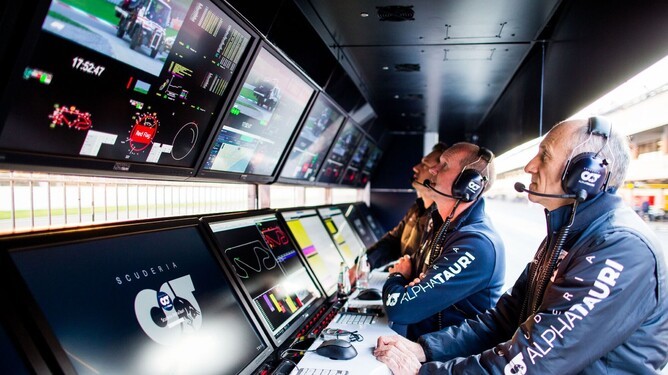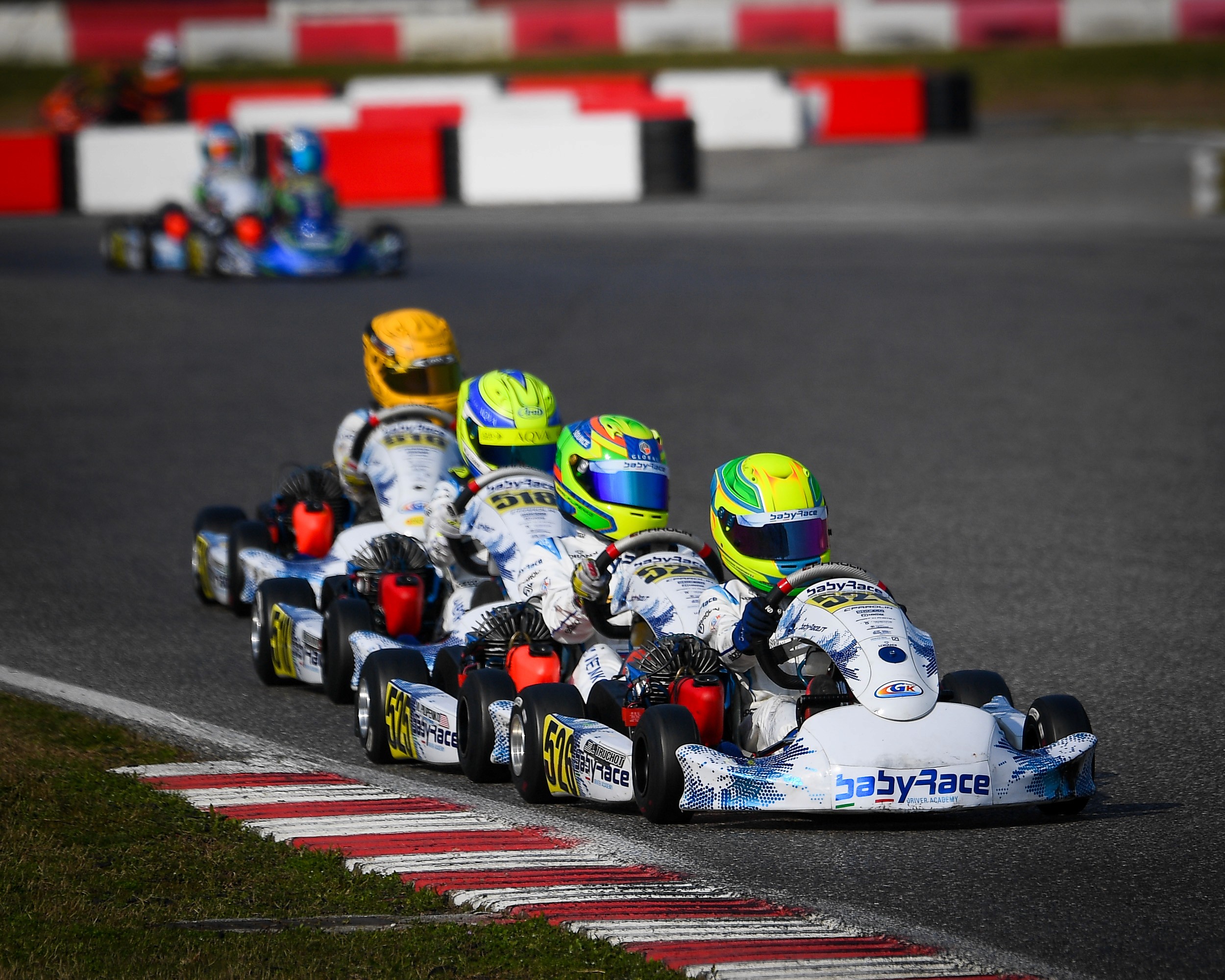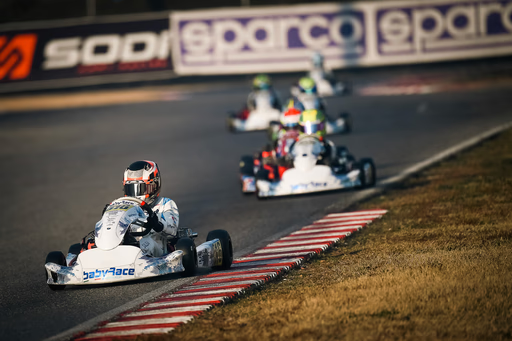Let’s talk about gear ratios.
Sounds a bit technical, but once you understand it and when you should change, it can make a huge difference in your performance.
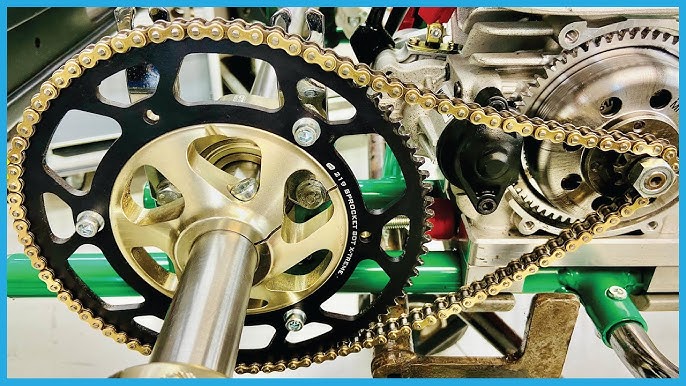
What Is a Gear Ratio?
The gear ratio connects your engine to your wheels — and it’s all about the number of teeth on the front (engine) sprocket and the rear sprocket.
- Smaller ratio (like 11:67) = lots of top speed, little acceleration.
- Bigger ratio (like 11:76) = much more acceleration, much less top speed.
You may be asking yourself now…Which one’s better?
There isn’t such a thing as a “better” sprocket…It really DEPENDS!
Depending on the track, weather, and your engine setup, you’ve got to find the right balance.
Why It Matters
The right gear ratio will help you:
- Maximize the lap time on new tyres
- Exit corners with lots of torque
- Maximize speed down long straights
If you get it wrong, you’ll either bog down in corners or hit the rev limiter too early.
How to Choose Based on Track Type
A Track with Long Straights
Go with a smaller rear sprocket. Less acceleration, but higher top speed. Good for fast circuits.
A track with mostly slow speed tight corners
Use a bigger rear sprocket. You’ll lose some top-end speed, but get way better drive out of slow turns.
Mixed Tracks
Pick something in between. Balance is key here.
Other Factors That Matter
It’s not just the layout:
- Dry vs Wet: In the wet, you’ll want more acceleration — go up like 10 to 12 teeth, but it really depends.
- Driver Style: Smooth drivers can get away with smaller sprockets. Yep. That was me all the time. Though if you’re still learning, go bigger for more forgiveness.
- Tire Grip: New tires = more grip = lower gear ratio. Worn or hard tires = higher gear ratio to help with traction.
- Engine Type: Rotax, OK, IAME — each reacts differently. Some hit the limiter earlier, so watch that.
Step-by-Step: How I Adjust Gear Ratios
- Check the Track Conditions: Layout, grip, weather.
- Start with a Base Setup: Use what worked last time on a similar track.
- Change ONE Thing at a Time: Usually the rear sprocket.
- Test and Feel: Does the kart rev too much on the straight? Do you feel strong out of corners?
- Fine-Tune: 1 or 2 teeth can make a big difference. Be patient.
Common Mistakes
- Using the same gear ratio for every track
- Forgetting to adjust for rain or slippery conditions
- Ignoring RPM traces from the data
- Skipping chain tension and alignment
Final Thoughts
Gear ratio is one of the easiest things you can change on the kart — and it makes a huge difference. It’s not just about speed; it’s about finding the setup that gives you the most confidence on track.
If you’re not sure where to start, DM me your engine type and track layout — I’ll help you pick a base setup.
Just Senndit
– Alessio Lorandi

